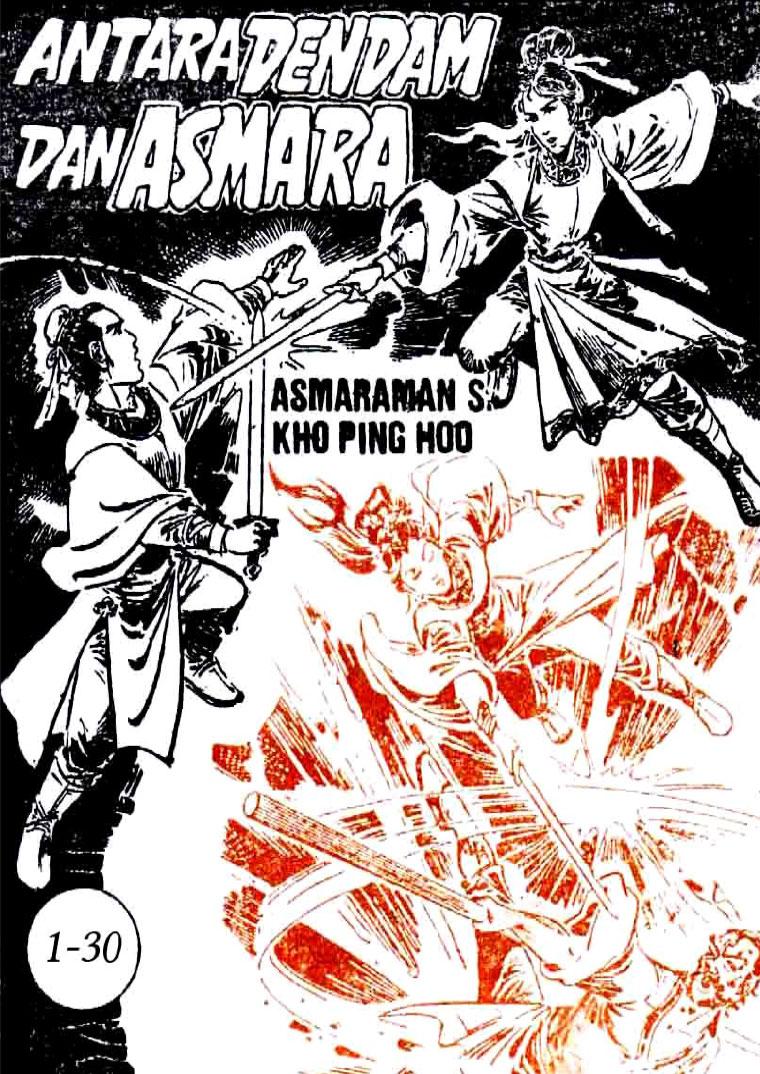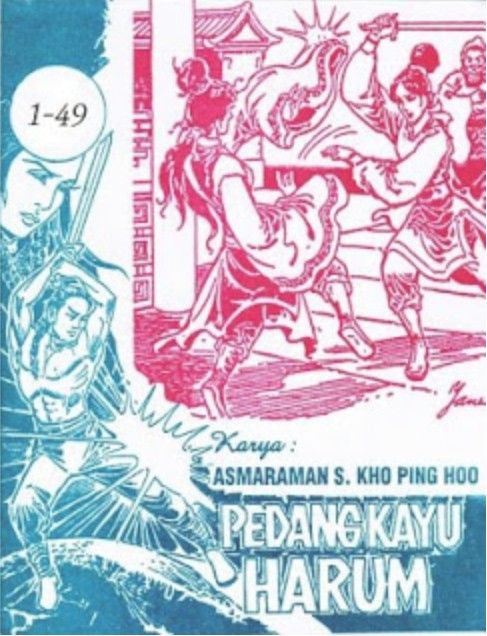
Kosasih, who was the first to bring the Mahabharata into the realm of visual storytelling like comics, researched the legends, wrote the text and did the drawing and coloring himself. In all, Kosasih published 40 issues of Mahabharata, each having more than 42 pages. Kosasih began publishing his Mahabharata comic book series, which was based on the legends of wayang (traditional leather puppetry). This was true in Indonesia, with its long comic stories, before 1978 (or even 1964).

Within this context, Indonesia is rich with graphic novels.

Within Harvey’s understanding, every comic book that is more than 32 pages long, and ranging up to 48, or 64 pages and more, could be defined as a graphic novel. Harvey is an American cartoon and comic historian, who preferred the understanding of a graphic novel as being a “long form of comic book”. Harvey, the term “graphic novel” had been used since 1964 by Richard Kyle. Eisner actively promoted the term “graphic novel” as a descriptive for a new format for comics in America.Įisner took the stance that the term “graphic novel” referred to comics that dealt with adult problems in an adult manner as an aspiration toward definition as literature ("novel") sand visual art ("graphic art").

This term was made popular by Will Eisner, who printed it on the cover of his book titled A Contract With God in 1978. One of the indicators I would like to cite concerning this issue is the achievements made by Indonesian comics within the context of the term “graphic novel”, which has long been debated from both aesthetic and academic standpoints. The Tradition of ‘Graphic Novels’ before the Term Existed In fact, the long tradition, sheer volume and rich variety of Indonesian comics counters the assumption that none of the comics produced in Indonesia could compete internationally. Is that true? This assumption is problematic because it is based on the perception that there is a universal standard of quality. We could simply draw the conclusion that this is due to the integral elements of Indonesian comics that make it difficult – in terms of quality – for them to compete with the comics from other countries available. In general, however, comic book readers around the globe remain blind to the unique and rich character of Indonesian comics. Indonesian artists have also contributed to the drawing and coloring of comics published by DC Comics and Marvel Comics. Certainly, some Indonesian comics have drawn a bit of attention, and international awards, in Japanese comics forums. Up to now, very little about the history of Indonesian comics has been included in a global map of the world of comics.

This is just a glimpse of the difficult position of Indonesian comics within the world history of comics. So, the only comic included in Paul Gravett’s book list was Wayang Purwa. A French publishers, Trismégiste, had translated an episode of Wayang Purwa titled Manikmayainto French and English in 1982. Unfortunately, only one of the comics – and that only excerpts – had been translated into French and English. However, Paul then asked a question: Have all of these been translated into foreign languages – best if into English, or one of the European languages? In my opinion, these three comics would provide a minimally basic introduction of Indonesian comics to the global comic scene. I recommended to Paul that, at the very least, the following three titles should be included: Wayang Purwa(1956) by Ardisoma Dewi Krakatau by Zam Nuldyn, and the Shandora trilogy by Teguh Santosa. When the British comic researcher Paul Gravett was preparing for the publication of the book titled 1001 Comics You Must Read Before You Die in 2010, he opened up the opportunity for recommendations on Indonesian comics for inclusion in the book for introduction to the global public.


 0 kommentar(er)
0 kommentar(er)
